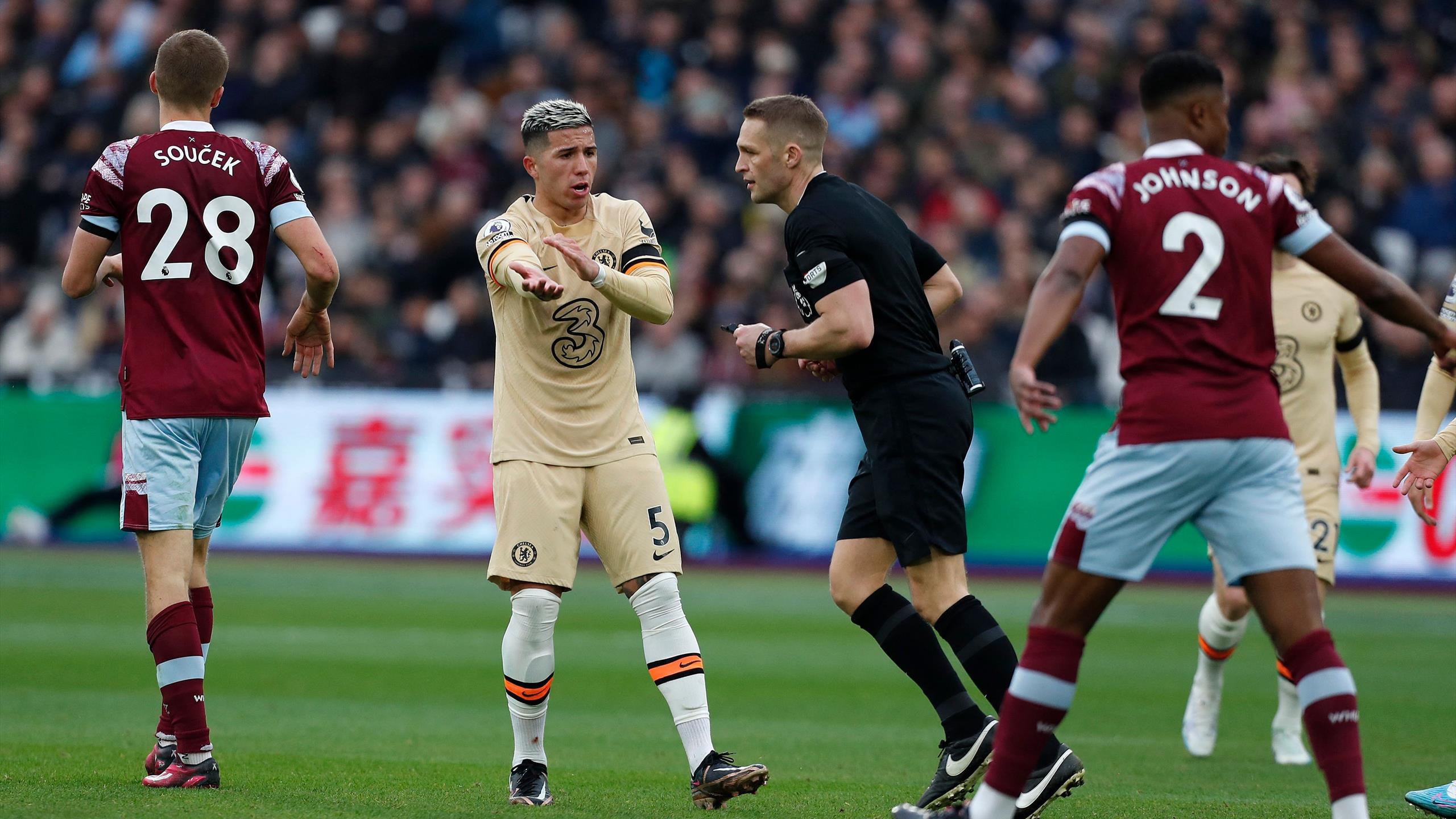Former Referee Spotlights VAR ‘Optical Illusion’ in Chelsea’s Disputed Goal vs West Ham
Dermot Gallagher, a former Premier League referee, has highlighted a potential flaw in the Video Assistant Referee (VAR) system – the presence of “optical illusions” that can complicate decision-making. Gallagher discussed this issue while analyzing two controversial incidents from Chelsea’s recent victory over West Ham.
The first contentious moment occurred when Jarrod Bowen was knocked down by Levi Colwill in the build-up to Pedro Neto’s equalizer for Chelsea. No foul was given, allowing play to continue.
The second and more debated incident involved Chelsea’s winning goal. There was uncertainty about whether Marc Cucurella was offside when Pedro Neto crossed the ball. The crucial question was whether Marc Guiu had touched the ball before it reached Cucurella.
After VAR review, the goal was allowed to stand, with officials determining Guiu had not made contact with the ball. Gallagher explained that while a still image suggested Guiu might have touched the ball, video footage showed no clear evidence of contact.
“This is what I call an optical illusion,” Gallagher stated. “The still photo can be misleading. When you watch the video, there’s no clear evidence of Guiu touching the ball. In such cases, the referee must allow the goal to stand.”
Regarding the earlier incident with Bowen, Gallagher acknowledged it could have been a foul for West Ham. However, he noted that enough time had passed between that event and the goal to preclude it from being reviewed by VAR.
The Premier League later commented: “VAR confirmed the referee’s goal decision as there was no factual evidence of Guiu contacting the ball during the build-up, thus no offside offense occurred.”
This incident highlights the ongoing challenges faced by VAR in making definitive decisions, especially when dealing with split-second moments that can appear different in still images versus video footage.

